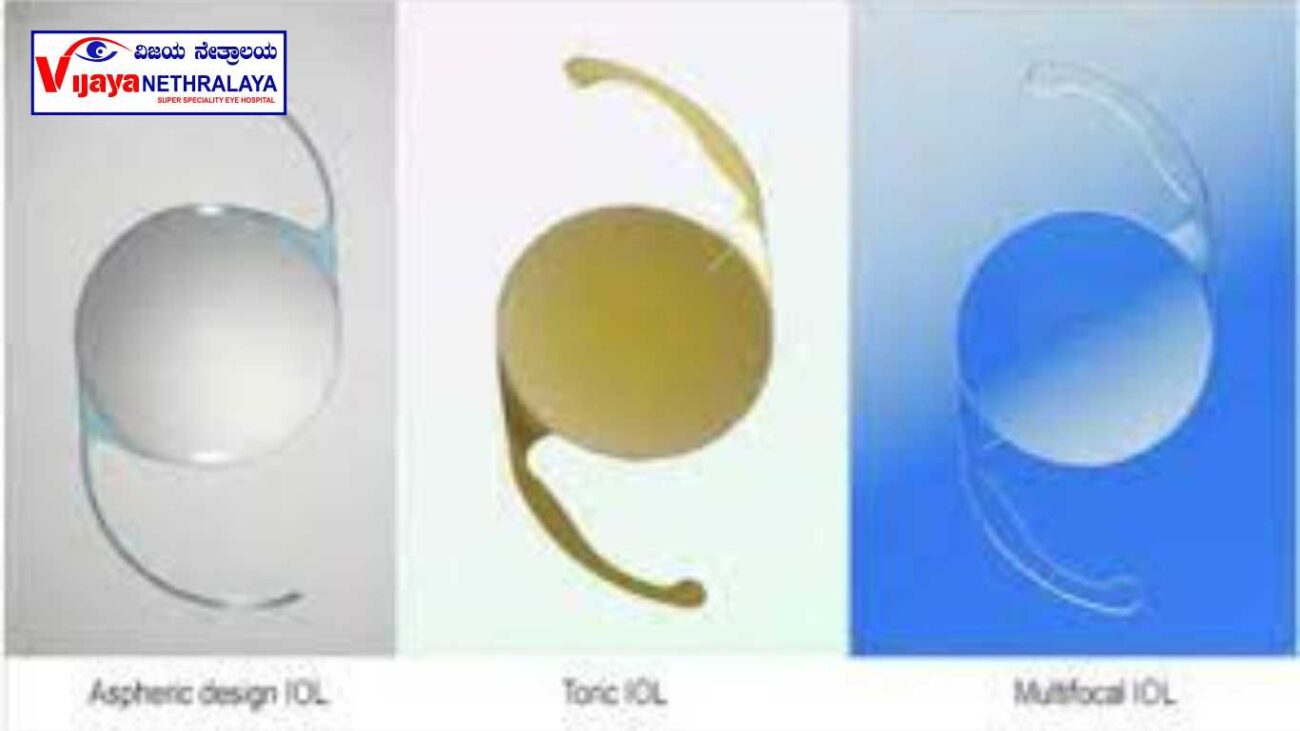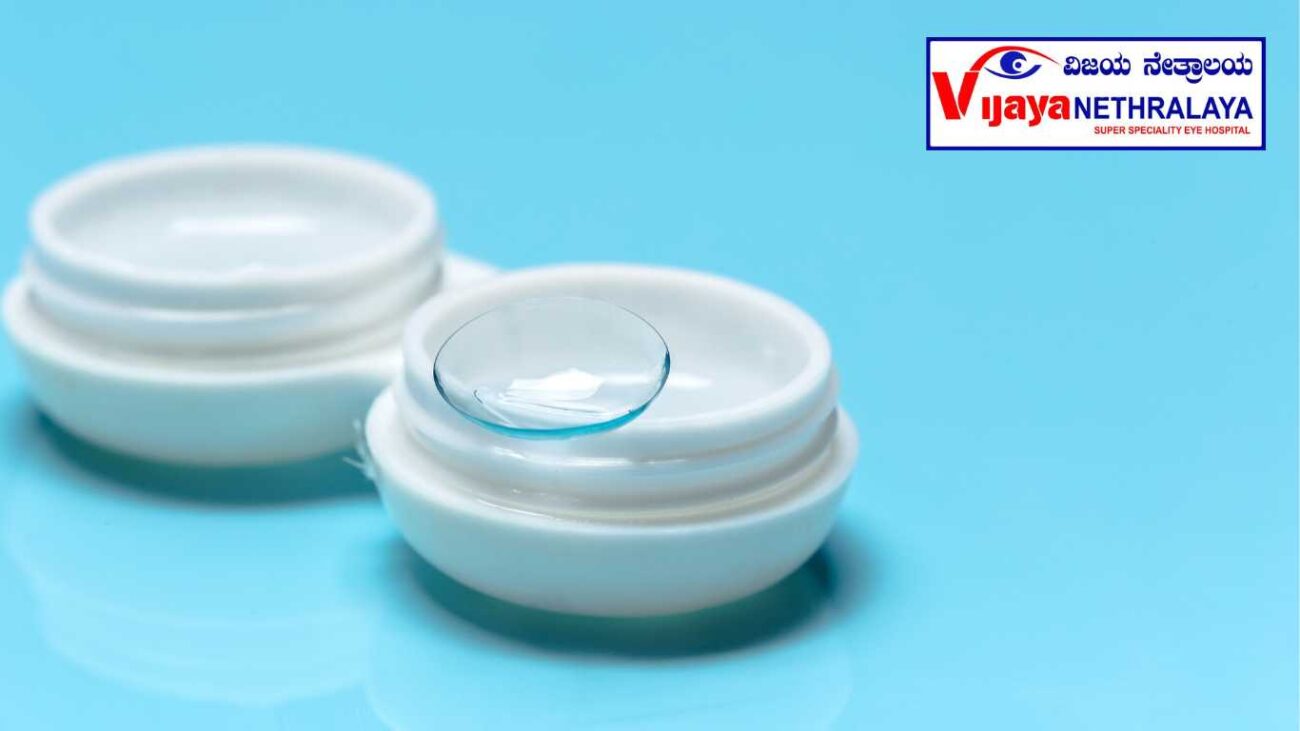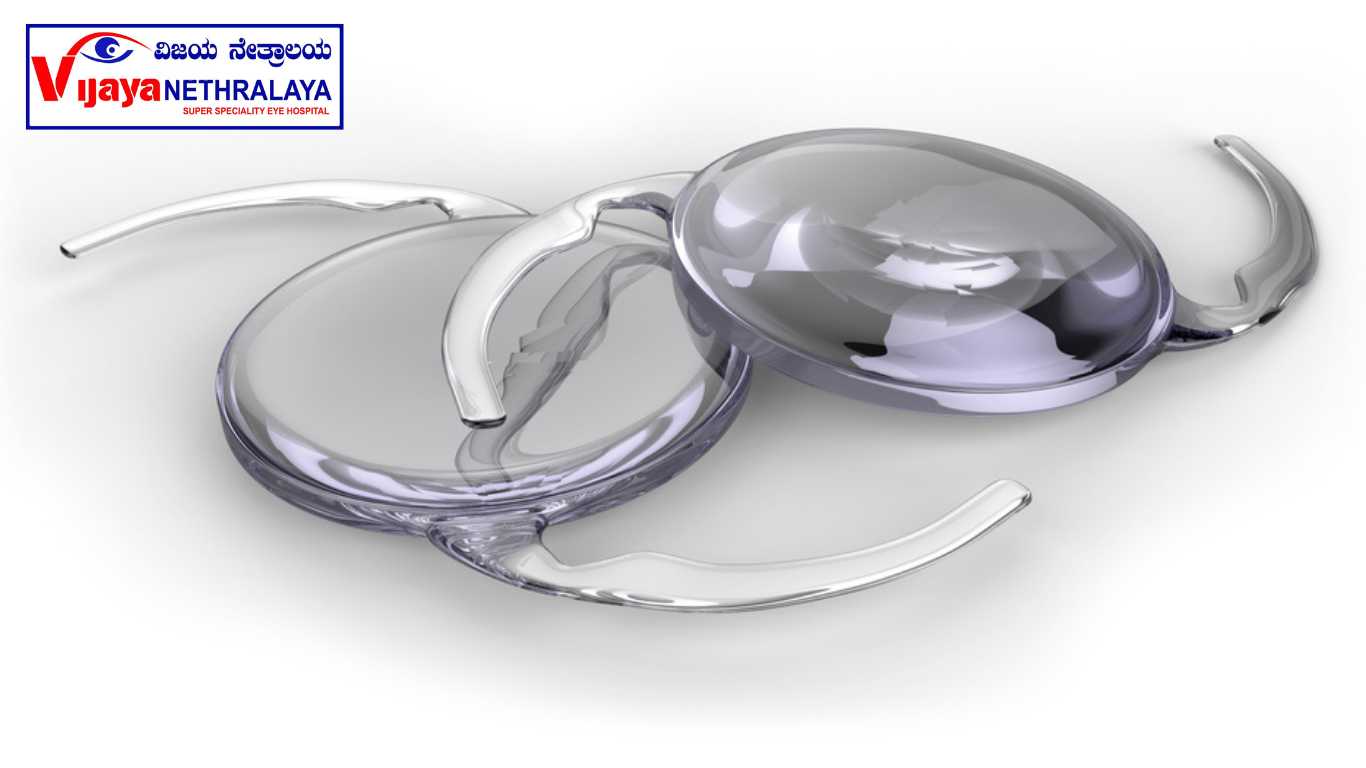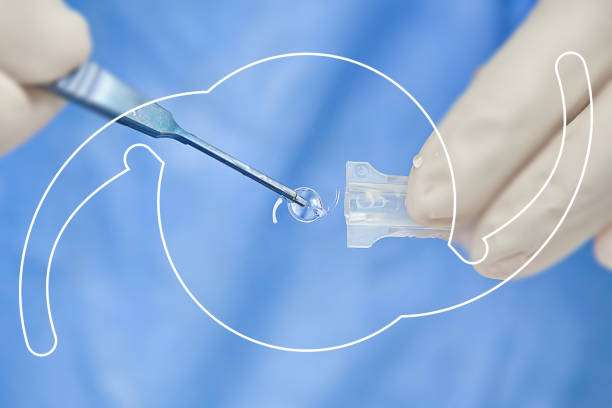Cataract Lens Indian vs. Imported, Cataracts can significantly affect a person’s vision and quality of life. Thankfully, modern medical advancements offer a solution in the form of cataract surgery and the use of intraocular lenses (IOLs). When it comes to cataract lenses, patients often face a choice between Indian-made lenses and imported ones. In this article, we will explore the differences, advantages, disadvantages, and other factors to consider when choosing between Indian and imported cataract lenses.
Introduction to Cataract Lens Indian vs. Imported:
Cataract lenses, also known as intraocular lenses (IOLs), are artificial lenses that replace the natural lenses of the eyes affected by cataracts. During cataract surgery, the cloudy lens is removed, and the IOL is implanted to restore clear vision. These lenses are available in various types, materials, and designs, catering to the unique needs of each patient.
Understanding Cataract Lens: Indian vs. Imported
Before diving into the comparison, it is crucial to understand cataracts and their impact on vision. Cataracts develop when the natural lens of the eye becomes cloudy or opaque, resulting in blurry vision, difficulty seeing at night, and reduced color perception. In addition to being a common age-related condition, factors such as genetics, eye injuries, or certain medical conditions can cause cataracts.

Types of Cataract Lenses
When it comes to cataract lenses, there are two broad categories to consider: Indian cataract lenses and imported cataract lenses. Let’s explore the characteristics, advantages, and disadvantages of each.

Indian Cataract Lenses
Indian cataract lenses Manufacturers within India produce Indian cataract lenses, and surgeons widely utilize them in cataract surgeries across the country.These lenses offer several advantages:
Advantages:
- Cost-Effective: Indian cataract lenses offer a cost-effective solution, as they are often more affordable than imported lenses, making them a suitable option for patients on a budget.
- Localized Availability: Due to their production within the country, Indian lenses are readily available in most hospitals and clinics, ensuring easier access for patients.
- Standard Quality: Indian lenses undergo stringent quality control measures to ensure their safety and efficacy, meeting international standards.
Call us Now
Disadvantages:
- Limited Options: Indian cataract lenses may have a narrower range of options in terms of lens materials, designs, and advanced technologies compared to imported lenses.
- Lower Accessibility Abroad: If patients travel internationally after surgery, they may encounter limited support or availability of Indian lenses in other countries, resulting in lower accessibility abroad.
Imported Cataract Lenses
Imported cataract lenses are manufactured by renowned international companies and imported into India. These lenses offer their own set of advantages and disadvantages:
Advantages:
- Wide Range of Options: Imported lenses often provide a broader range of options, including premium lenses with advanced technologies, multifocal or toric designs, and materials catering to specific needs.
- Enhanced Visual Outcomes: Some imported lenses offer improved visual outcomes, such as reduced dependency on glasses

Disadvantages of Imported cataract lenses:
Imported cataract lenses come with certain disadvantages that should be taken into consideration. These disadvantages include:
Imported cataract lenses can be more expensive, have limited availability, add complexity to the decision-making process, create language barriers, and depend on international support for assistance.
Author details:
Dr. Sushruth Appajigowda is a well-known Cornea, Cataract, Glaucoma, and LASIK Surgeon in Bangalore, and the chief Cataract and Refractive surgeon at Vijaya Nethralaya Eye Hospital, Nagarbhavi Bangalore. Known as one of the best LASIK surgeons in the country, he has over 12+ years of experience with multiple platforms of LASIK like ZEISS, ALCON, SCHWIND, AMO, and Bausch and Lomb. He has conducted over 5000 LASIK. Dr. Sushruth is a Certified Refractive Surgeon and Fellow of All India Collegium Of Ophthalmology. He is a recognized speaker in various National and International Forums. His expertise lies in choosing the right type of procedure for you based on your health requirement.

Conclusion:
In conclusion, when it comes to choosing between Indian cataract lenses and imported cataract lenses, patients have several factors to consider. Indian cataract lenses offer advantages such as cost-effectiveness, localized availability, and standard quality. On the other hand, imported cataract lenses provide a wider range of options, including advanced technologies and enhanced visual outcomes.
FAQs (Frequently Asked Questions)
- Are imported cataract lenses always better than Indian ones? While imported cataract lenses offer a wider range of options and advanced technologies, it doesn’t necessarily mean they are always better. The choice depends on individual needs, preferences.
- Do Indian cataract lenses meet international quality standards? Yes, Indian cataract lenses undergo rigorous quality control measures to meet international standards, ensuring their safety and efficacy.
- What factors should I consider when choosing a cataract lens? Factors to consider include your lifestyle and visual needs, cost considerations, quality and safety assurances, and the availability of specific lens options.
- Can I choose a cataract lens based on cost alone? While cost is an important factor, it should not be the sole determinant. Consider your overall vision goals and the long-term benefits of the chosen lens.
- Is it possible to switch from an Indian cataract lens to an imported one? Switching cataract lenses after surgery may not be straightforward.




Nice blog
Nice artical